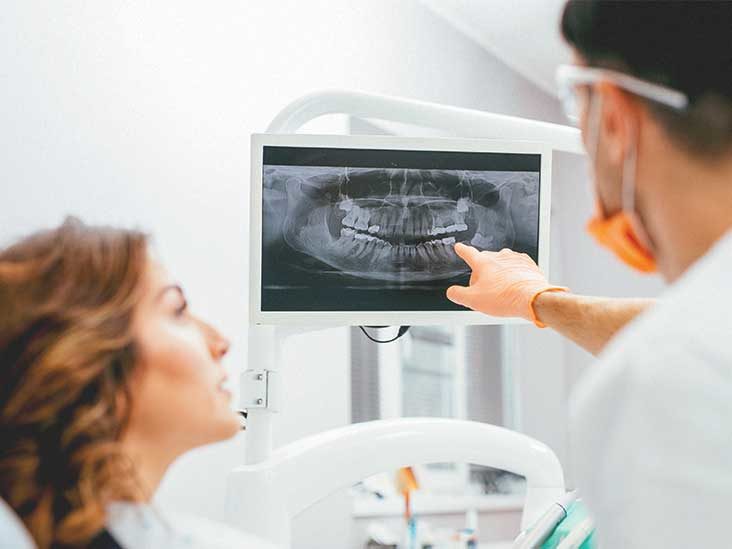
Dental X Rays
X-rays are used in the medical and dental fields to capture images to diagnose health concerns. They utilize an element called tungsten which, when bombarded with electrons, produces high-energy electromagnetic waves or X-rays, that pass through soft tissue, like skin, but are absorbed by dense tissue, like bone. Discovered accidentally more than a century ago by German scientist Wilhelm Roentgen, radiography has been a mainstay in medicine ever since.
Dental X-Rays have become a common adjunct to a routine dental exam and are a standard of care practice, helping detect early signs of tooth decay, monitor jaw and tooth formation for adolescents and observe overall oral health not visible to the naked eye.
While dental X-rays normally occur yearly, there can be other factors that affect the frequency of X-rays. These include:
There are five common types of X-rays done in dental offices, each having a specific use or exam purpose. They include periapical X-rays, bitewing X-rays, full mouth X-rays, occlusal X-rays, and panoramic X-rays.
Radiography is a vital part of dentistry. Without it, dentists couldn’t see what’s going on deep inside the mouth during an exam. In an oral care practice, it’s a dental assistant’s responsibility to prepare patients and take X-rays as part of an examination.
#dental x rays
.
